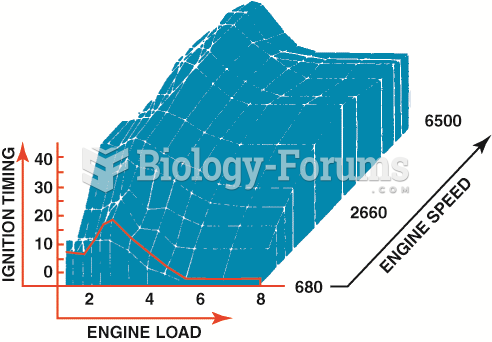Answer to Question 1
The following is a discussion of the methods for performing a job evaluation:
A . The ranking method, fastest and simplest of the three:
i. A job description is created for each job.
ii. Jobs are compared in terms of how valuable each is to the organization.
iii. The jobs are then ranked from the most to the least valuable.
iv. The most valuable is given the highest pay, second is given the second highest pay, and so on.
- An advantage is that little time and minimal effort is required for this method.
- However, the rankings may be somewhat subjective and vary based on the rater.
- Distances between ranks may not be equal, but this is not necessarily reflected in the resulting pay.
B. The classification method:
i. A series of job classes or families is created.
ii. Each individual job is placed into a class or family.
iii. Jobs falling in different classes are compensated differently; jobs falling within classes are compensated similarly.
- Advantages are that jobs can be quickly slotted into the structure and the classifications look valid, so they are readily accepted by employees.
- This method requires significant time and effort.
- Differences between classifications may not be equal, but this may not be reflected in the resulting pay structure.
C. The point method:
i. Identify compensable factors (characteristics of jobs that add value to the organization and for which the organization is willing to pay).
ii. The factors are scaled for each job. For example, there might be a five point scale such that 1 = very little of this factor is needed for this position and 5 = a great deal of this factor is needed for this position.
iii. Each factor is assigned a weight, so that the sum of the weights for each factor = 100 percent.
iv. For each factor, the scale (e.g., 1 through 5) times the weight (percent) will equal a number of points.
v. Each point is given a monetary value (usually based on a compensation survey).
vi. The total points for each job are then multiplied by the value and the pay is derived from that equation.
- This is the most time consuming and effort intensive method of the three, but it provides the most accurate results in terms of how much each job should be paid compared to all other jobs in the organization.
Answer to Question 2
The advantages and disadvantages of using supervisors as raters are as follows:
Advantages: Supervisors are in the best position to evaluate performance versus the organization's strategic goals; supervisors can make decisions about rewards; and supervisors are able to differentiate among performance dimensions.
Disadvantages: Supervisors may not be able to directly observe performance and their evaluations may be biased.







